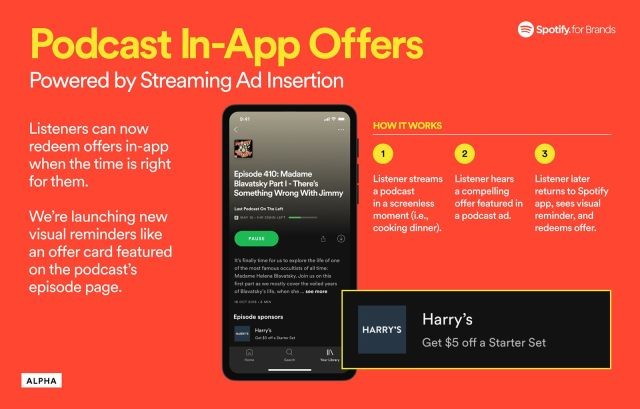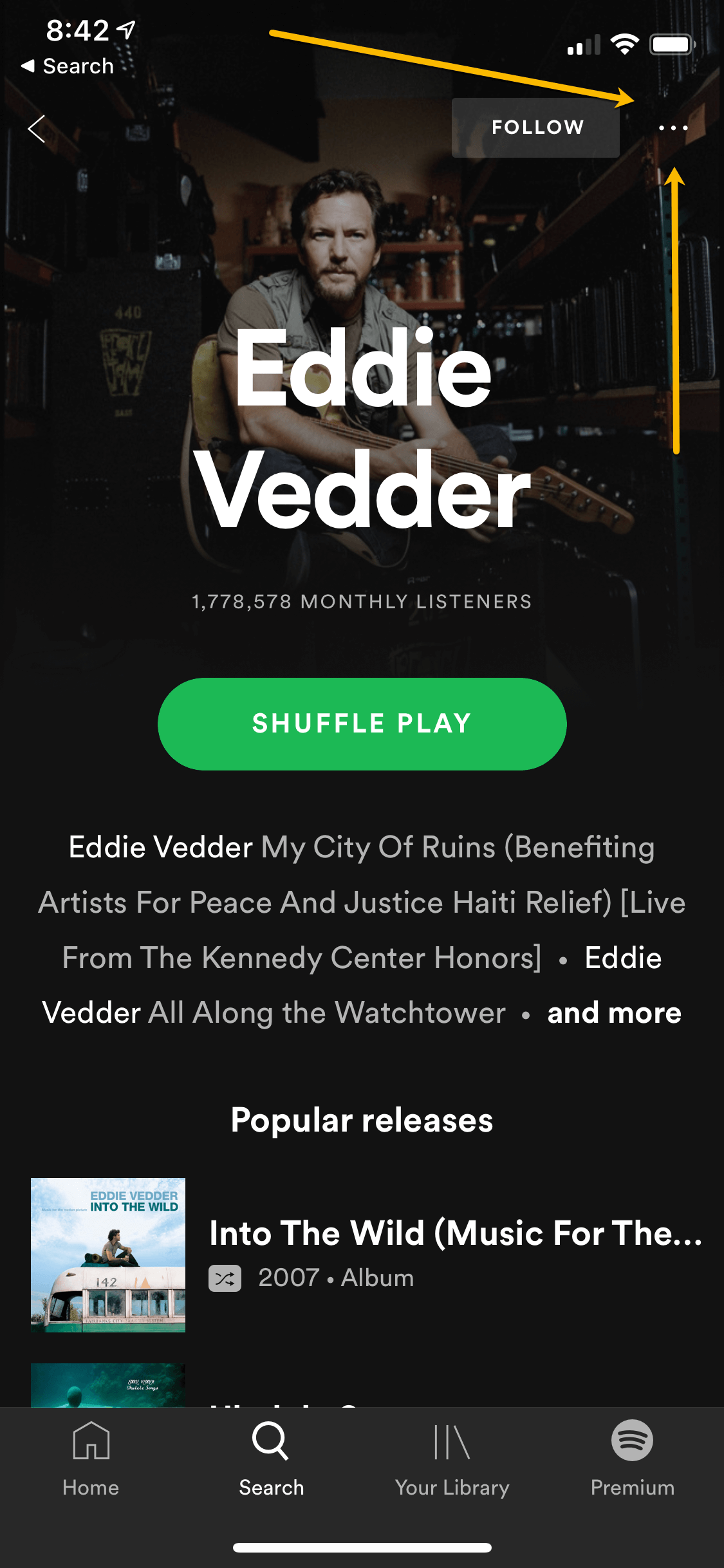Since 2008 Spotify has grown to be one of the most popular digital audio streaming platforms with over 96 million paying subscribers today. It is undeniably one of the best music streaming services in the world with over 40 million tracks accessible from your phone, tablet or personal computer. You can play your favorite music either through Spotify Web Browser or on Spotify Desktop Client. Apart from being a favorite platform for music lovers, the 'Spotify web player vs desktop client' discussion or rather argument have loomed the internet for some time. Lots of Spotify users prefer web player to access the music library. Equally, quite a significant number of users are of the second option, the desktop client.
The fact remains that both options are entirely different. Well, this review will profoundly attempt to compare Spotify web player and desktop app using the various pro and cons. Here are the aspects that form the notable differences between Spotify desktop and web player. Scroll right down!
Spotify Web Player vs Desktop Client: Portability
It is for a fact that the current generation is obsessed with controlling and accessing very thing from their palms. At the comfort of your room or working desk, you can easily access the Spotify track library just by clicking the Spotify icon on your desktop. Alternatively, you directly browse Spotify and play songs from the web. Both ways are convenient; however, for the desktop client option, you must have a PC at your disposal.
Using a web player only requires you to have the logins. You access songs from anywhere at any time you feel like. You even borrow a friend's phone and operate your account from there. Unlike using a desktop player which requires you to carry a PC along which is inconveniencing. Basing on this perspective, Web player is more portable and available compared to a desktop client.
Spotify Web Player vs Desktop Client: Music Quality
The current generation of music lovers is susceptible to the quality of music they listen to. Most people can tell the difference in music quality when using the two option, and others will not even notice it. Usually, the Spotify web player offers a lower bitrate compare to the desktop client. For free web players, clients get 128kbps bitrate while premium users get 256kbps bitrate. On the hand, desktop client free accounts can only access up to 160kbps while paying users access double the quality, 320kbps.
Find Spotify in your list of apps, tap it. For a clean reinstall, tap Storage, then Clear Data. Go to Google Play and install the Spotify app. Older Android devices. Go to your phone’s Settings. Select Applications, then Manage applications. Find Spotify in your list of apps, tap it. The authorization URI is a Spotify endpoint that displays a permissions dialog to the user. This URI begins with and your app should add the URL query parameters that are described below.
This is the main reason why people prefer using desktop client over web player. Even a free account has fairly good quality music.
Spotify Web Player vs Desktop Client: Offline Listening
Considering this aspect, desktop client is more convenient. Desktop client users can easily save tracks to listen when they are offline. On the contrary, the opposite is true for web player user. Both free and paid accounts do not enjoy this feature. It has for a long time been a point of concern for Spotify users across the globe. Probably, they will consider this in the near future.
To save Spotify songs offline, you are required to sign up the premium account of Spotify. Otherwise you cannot download the track from Spotify even if you are using the desktop client. But if you are not willing to pay for the premium plan, the alternative way is using dedicated Spotify music downloader such as TunesKit Spotify Music Converter to download and convert the Spotify songs/playlists to common MP3s. In this way, no matter you are free or premium user, you can enjoy Spotify music offline on any device without limit.
- See Also: How to Download Spotify Offline without Premium
Spotify Web Player vs Desktop Client: Space
Installing Spotify software on your, PC requires that have enough storage capacity to run the software. It also tends to create log files and hence not a favorite for a computer with little storage capacity. It will definitely affect the entire performance of the PC. On the other hand, operating a web player does not require space. You just need a browser, and from there you can bookmark the Spotify website for easy access
Spotify Web Player vs Desktop Client: Hotkeys


Generally, hotkeys are paramount for any software. However, desktop clients do not have hotkeys. Hotkeys facilitate navigation movements. They are more useful when busy at work. Spotify web player provides for hotkeys; however, you will have to install the Spotify Hotkeys add-on on Firefox or Chrome browsers. Here are some Hotkeys for both browsers.
FireFox:
- Play/Pause: Ctrl + Alt + P
- Previous Track: Ctrl + Alt +
- Next Track: Ctrl + Alt +.
Chrome:
- Play/Pause: Alt + Shift + P
- Previous Track: Alt + Shift +
- Next Track: Alt + Shift +.
Spotify Web Player vs Desktop Client: Lyrics
If song lyrics are a top priority for you, then it is sorry to say that none of the options has that feature. Often, you have to download and install Musixmatch software and run it concurrently with the Spotify software. For Spotify web player users you need to install Lyrics Here by Rob W extension for both Chrome and Firefox browsers.
- See Also: Tips to Get Lyrics on Spotify How to Stream Apple Music Web Player without Subscription
How To Download Music From Spotify: 12 Steps (with Pictures)
The Final Words: Which Is Better
With regard to the above differences between Spotify desktop and web player, I can comfortably recommend Spotify web player considering the portability, space saving, and availability. You do not have to carry your PC everywhere you go to listen to your favorite tracks on Spotify. What do you think? Give me your comment right here.
Reference
Adam Gorden is an experienced writer of TunesKit who is obsessed about tech, movie and software.